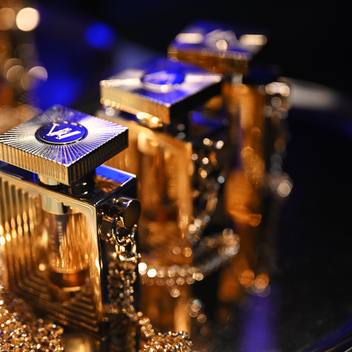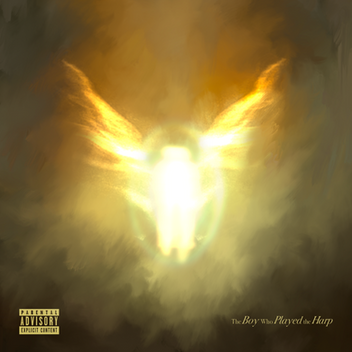

Definition of Protect Sarz At All Costs, His Debut Album, and Upcoming Collaboration With Rema [Interview]
Bringing in artistes from various continents, the 12-track body of work was released on the 25th of September.


The Hitmaker Series: KTmelodies On The Winding Road To Stardom
KTmelodies is a multi-instrumentalist, producer, and rapper influenced by electronic artists like David Guetta, Disclosure, and Kaytranada. Having crafted some impressive early releases that blend genres, his single "Pack Up Ya Bags" gained significant attention.


Khamari Unravels The Complexities of Humanity on His Sophomore Album, To Dry A Tear
Having quietly evolved into one of the most compelling new voices in contemporary R&B, Boston-born,Los Angeles-based artist Khamari has released his second full length album, To Dry A Tear.


JayO Talks Summertime, Colours and R&B Nostalgia With His Latest EP 'HUE'
North London-bred British-Nigerian genre-bending artist JayO drops HIS EP 'HUE', a sonic
interpretation of the Summer months explored through colour and feeling.


Joe Kay Speaks On A Landmark Summer, Performing At All Points East & His Debut Project
This summer has been a landmark one for Joe Kay, the Soulection founder and global tastemaker who continues to push the boundaries of what a DJ set can feel like.




















Comments